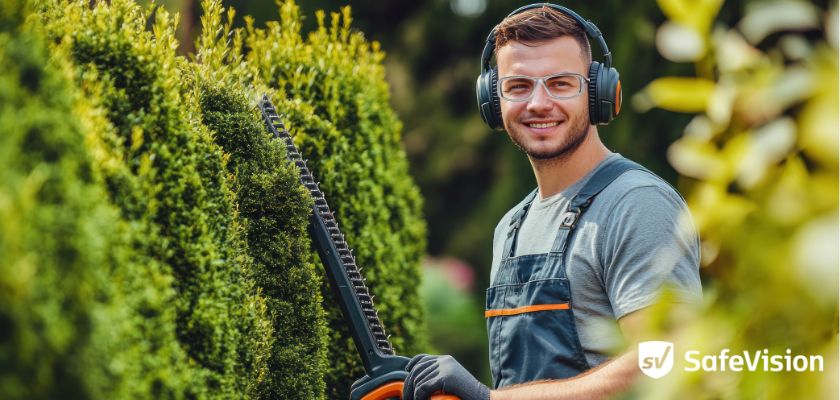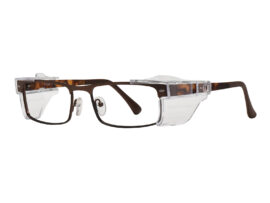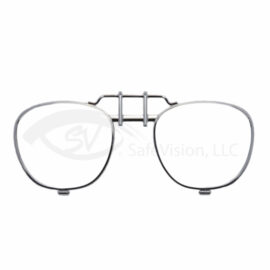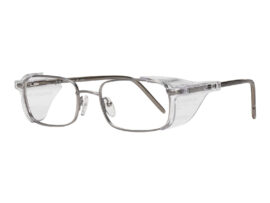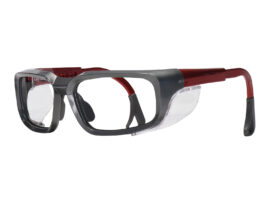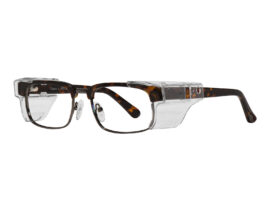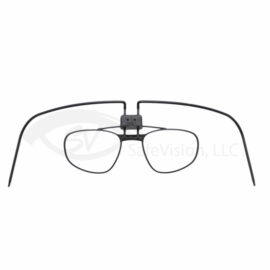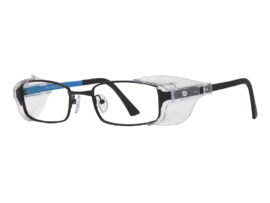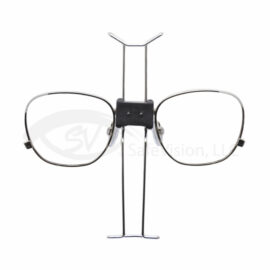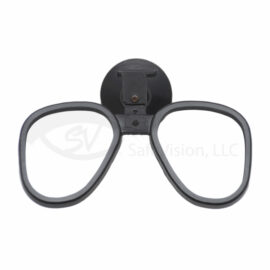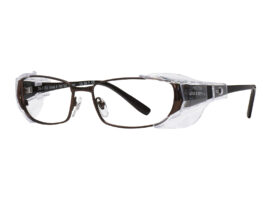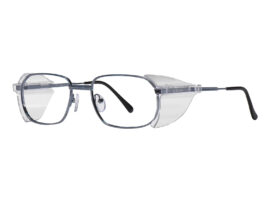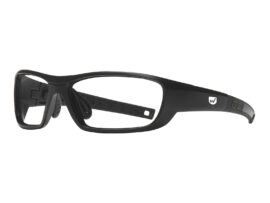Eye Health, Safety, Safety Glasses
Protecting Your Eyes As We Kick Off Spring Projects
According to the American Academy of Ophthalmology, nearly half of all eye injuries occur at home rather than on the job.
Tasks such as yard cleanup, equipment repairs, and chemical applications can all involve risk — particularly when performed without proper protective eyewear.
Common Eye Hazards During Spring Projects
Spring projects in construction, landscaping, pool maintenance, and home improvement often come with increased exposure to potential eye hazards.
Flying Debris
Mowing, trimming, sawing, and grinding can all send high-speed particles toward the face. Wood chips, metal shavings, or dirt can lead to corneal abrasions or more serious injuries. ANSI Z87.1-rated safety eyewear with impact-resistant lenses should be worn in any environment with airborne debris.
Chemical Exposure
Fertilizers, cleaning agents, and solvents used for outdoor maintenance or industrial cleaning can cause burns or irritation if they come in contact with the eyes. Additionally, spring kicks off pool season and many of the chemicals used to maintain a beautiful pool (like chlorine, bromine and muriatic acid) present splash hazards. Splash-rated (D3) safety goggles or sealed eyewear provide the necessary protection.
UV Radiation
Prolonged sun exposure increases the risk of UV-related eye damage. Wearing lenses that block 100% UVA and UVB rays, such as those made from Trivex® (Phoenix®) or polycarbonate, can help reduce long-term risks.
Airborne Irritants
Pollen, dust, and fine debris are common in outdoor and transitional workspaces. Sealed eyewear or wraparound safety glasses help reduce exposure and irritation caused by environmental allergens.
Key Features to Look for in Safety Eyewear
-
- Impact-rated lenses and frames that meet ANSI Z87.1 standards
- Anti-fog coatings for humid or variable temperature environments
- UV protection for outdoor work
- Photochromic or polarized lenses to manage glare and light conditions
- Wraparound designs or side shields to block lateral hazards
- Prescription compatibility for workers who require vision correction
Lenses made with Phoenix material are particularly well-suited for this type of work.
They offer high-impact resistance, a lightweight feel, and full UV protection. Additional coatings, such as anti-fog or blue light filtering, can be applied depending on the environment.
Eye Safety for Home Projects and Personal Use
Basic home maintenance can involve hazards similar to job site tasks. Hammering, sanding, or handling chemicals without appropriate eyewear increases the risk of injury.
Regular prescription glasses do not offer impact protection and can worsen injuries if they break.
Prescription safety eyewear provides both visual correction and impact resistance. For individuals working in and around the home, it’s an effective way to maintain safety without compromising comfort or clarity.
Consistent Use Is the Most Effective Prevention
Whether in a commercial or residential setting, consistent use of proper safety eyewear significantly reduces the risk of eye injury. Lenses should be suited to the task and environment, and frames should fit securely to prevent gaps or slippage.
Selecting safety glasses with the right lens material, design, and enhancements ensures protection without sacrificing visual clarity or comfort.
Browse our full selection of ANSI Z87.1-rated prescription safety eyewear or contact our team for help finding the right solution for your team or personal use.
Frequently Asked Questions
Photochromic lenses are a good choice for environments with shifting light. They automatically adjust to UV exposure, darkening in sunlight and clearing indoors. For consistently bright environments with glare, polarized lenses may offer better visual comfort by reducing surface reflection.
Phoenix lenses are a strong choice for environments that require both impact resistance and chemical durability. Unlike polycarbonate, Phoenix is more resistant to cracking from exposure to harsh solvents and cleaners, while still meeting ANSI Z87.1 high-impact standards. It also offers 100% UVA/UVB protection and supports lens enhancements like anti-fog and photochromic coatings.

